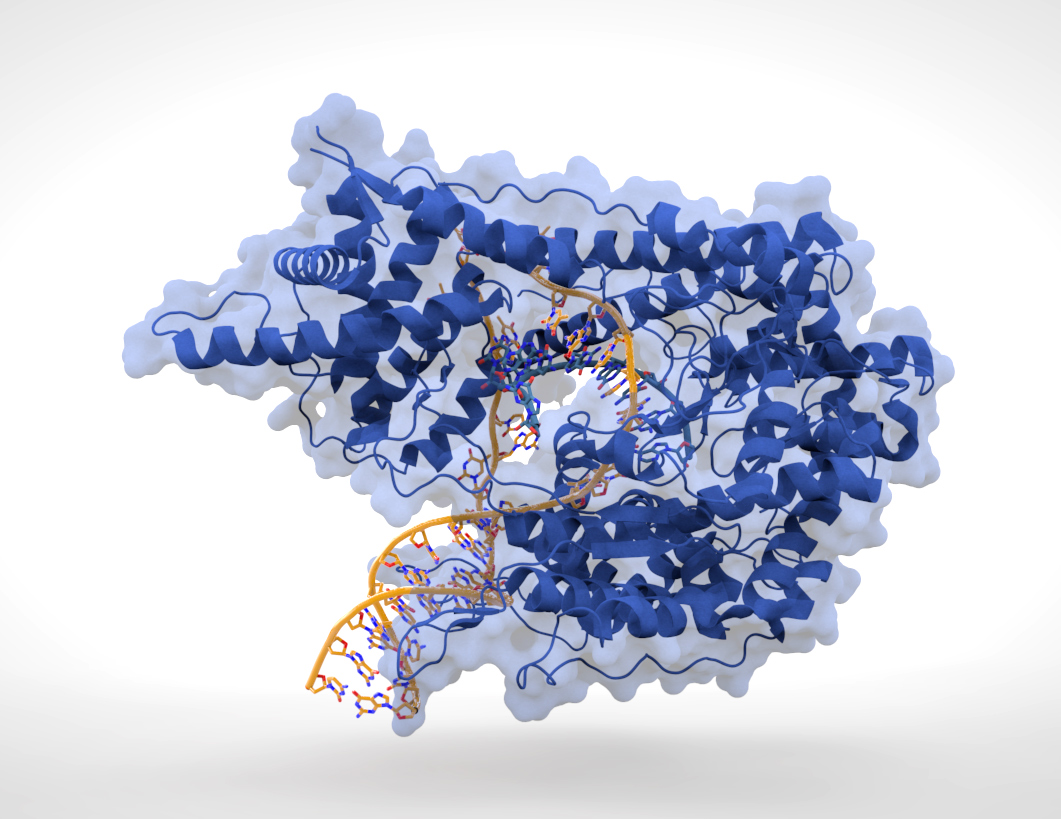Team:Paris Bettencourt/T7 diffusion
From 2011.igem.org
| Line 33: | Line 33: | ||
<p>The principle of the design is summed up in the image below</p> | <p>The principle of the design is summed up in the image below</p> | ||
<br/> | <br/> | ||
| - | < | + | |
| - | + | <center> | |
| - | < | + | <img src="https://static.igem.org/mediawiki/2011/9/99/T7_diffusion.jpg" /> |
| + | </p><b><u>Fig2:</u></b> Schematic summarizing the T7 diffusion device</p> | ||
| + | </center> | ||
| + | |||
| + | |||
<h2>T7 polymerase as a good quality auto-amplifier</h2> | <h2>T7 polymerase as a good quality auto-amplifier</h2> | ||
Revision as of 12:48, 20 September 2011

The T7 RNA polymerase design
|
Bacteriophage T7 RNA polymerase is a DNA-dependant RNA polymerase from the T7 bacteriophage genome. The enzyme is composed of a single polypeptide chain of 880 amino acids. It catalyzes the processive polymerization of messenger RNA from nucleoside triphosphate precursors by using one strand of DNA as a template . This enzyme is known to have a stringent specificity for its promoter, that is orthogonal to the other promoter of the cell. In our designs, we wanted a protein to pass through the tubes and trigger a signal in the receiver cell. We see here that T7 RNA polymerase is a very good candidate for such systems. That's why we used it as the biggest of our proof of principle molecules. |
 Fig1: Cristallographic structure of RNA polymerase. (source) |
Making the T7 RNA polymerase diffuse through the tubes
Calculating the radius of the T7 RNA polymerase we noticed that it is smaller than the average size of the nanotubes we can measure from the Ben-Yehuda paper. So we made the assumption that such a big molecule has a chance to pass through the tubes, and we started building the design.
The principle of the design is summed up in the image below
 Fig2: Schematic summarizing the T7 diffusion device
Fig2: Schematic summarizing the T7 diffusion device
T7 polymerase as a good quality auto-amplifier
One of our first concern was the potential leakage from the auto amplifier. We are in biological systems, that is to say a noisy system. The promoter is known to be very orthogonal from the one of the endogenic polymerase. However, we had to deal with several problems. We invite you to see the experiments page for data about these problems we faced.
As we were not working in a synthetic biology plasmid (we designed our own multi host vector), designed to be silent, we had to add several stop before the promoters.
As an alternative solution, we also constructed a GFP with a T7 promoter. This system is supposed to have a lower response, but at least there would be only very few leakage
Model and experiments
To know more about what we have done on this system and in the experiments, we invite you to visit the corresponding modeling and experiment pages:
 "
"


